
In our exploration of Stoicism, we’ve delved into its origins, principles, and virtues. Now, let’s turn our attention to a topic that often raises questions and misconceptions—emotions in Stoicism.
The Stoic Perspective on Emotions
Contrary to popular belief, Stoicism does not advocate for the suppression or elimination of emotions. Instead, it offers a nuanced perspective on emotional life. Stoics distinguish between two types of emotions—‘passions’ or ‘pathê’, which are irrational, destructive emotions, and ‘eupatheiai’, which are rational, constructive emotions.
The Stoics believed that our emotions are not mere reactions to external events, but are largely shaped by our judgments and beliefs about those events. For instance, it’s not the rain that upsets you, but your belief that the rain is bad.

Handling Negative Emotions
In dealing with negative emotions, Stoics emphasise the role of reason. They encourage us to examine our judgements and beliefs, to question whether they are accurate and helpful. If we believe that the rain is bad because it ruins our plans, we can challenge this belief. We can see the rain as a natural occurrence, beyond our control, and adapt our plans accordingly.
Stoics also offer practical techniques for managing negative emotions. One such technique is premeditation of evils (praemeditatio malorum), where we anticipate potential problems and prepare ourselves to handle them.

Side note: Let’s delve into the concept of ‘Premeditation of Evils’ – a key practice in Stoicism. It’s important to distinguish this practice from rumination or soothsaying, terms often used in Cognitive Behavioural Therapy (CBT) and discussions around anxiety. Rumination tends to be unstructured and uncontrollable, a whirlwind of thoughts that we get swept up in. On the other hand, the premeditation of evils is a structured and intentional practice. It’s about mentally preparing ourselves for potential challenges, with the goal of building resilience and readiness.In essence, while rumination can leave us feeling lost in a storm of anxiety, the premeditation of evils equips us with an umbrella, ready to face whatever weather life may bring our way.
Another technique is the view from above, where we imagine looking at our problems from a great height, gaining a broader perspective that can help us see our problems as small and manageable.
Cultivating Positive Emotions

While Stoicism provides tools for managing negative emotions, it also encourages the cultivation of positive emotions. Stoics value joy, which arises from virtuous actions and a mind in harmony with nature. They also value contentment and tranquillity, which come from accepting what we cannot control and focusing on what we can.
Stoicism can lead to emotional resilience. By understanding the nature of our emotions and learning to manage them effectively, we can navigate life’s ups and downs with grace and equanimity.
Emotions and Virtue
In Stoicism, emotions and virtue are closely intertwined. Our emotions reflect our values and judgements, and thus provide a window into our character. By cultivating virtuous emotions—those that align with wisdom, courage, justice, and temperance—we can live a more fulfilling and meaningful life.
Conclusion
Stoicism offers a rich and nuanced perspective on emotions. It reminds us that our emotions are not dictated by external events, but by our judgements and beliefs. It provides practical tools for managing negative emotions and cultivating positive ones. And it shows us how emotions and virtue are intertwined, guiding us towards a more virtuous and fulfilling life.

In our next exploration, we’ll delve into the relationship between Stoicism and resilience. We’ll explore how the principles and practices of Stoicism can help us build resilience, enabling us to navigate life’s challenges with grace and equanimity.I trust that this deep dive into Stoicism and emotions has enriched your understanding of Stoicism. But as we journey further, let’s not forget that Stoicism isn’t merely a philosophy to be understood—it’s a way of life to be lived. So, let’s not just learn about Stoicism, let’s live it, embodying the wisdom of these philosophers in every step we take.


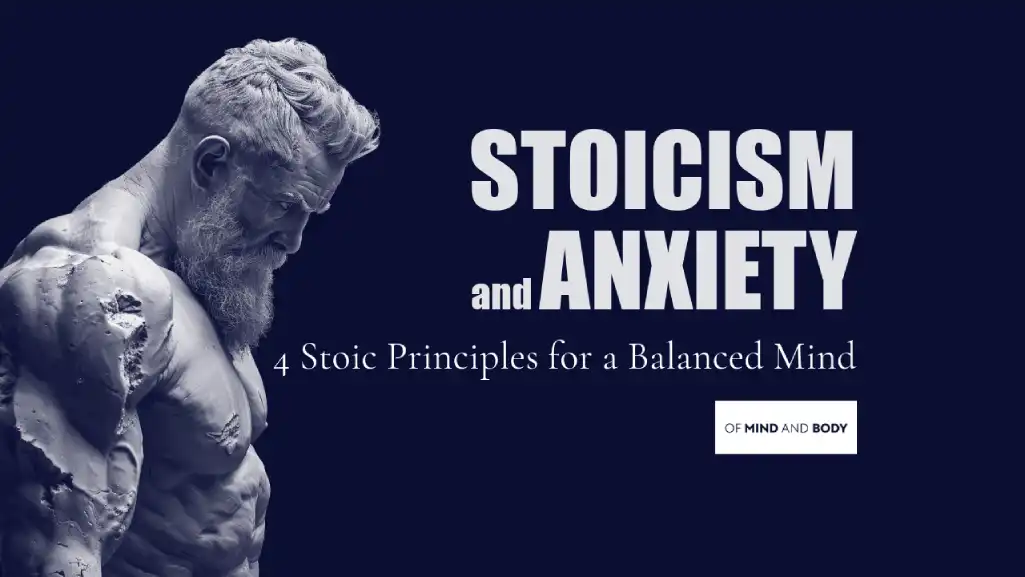
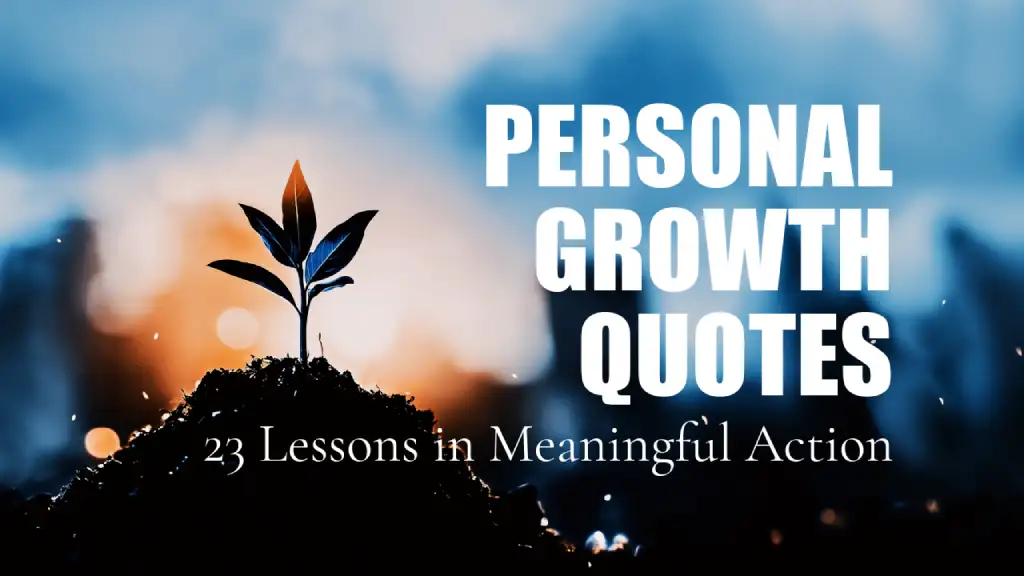



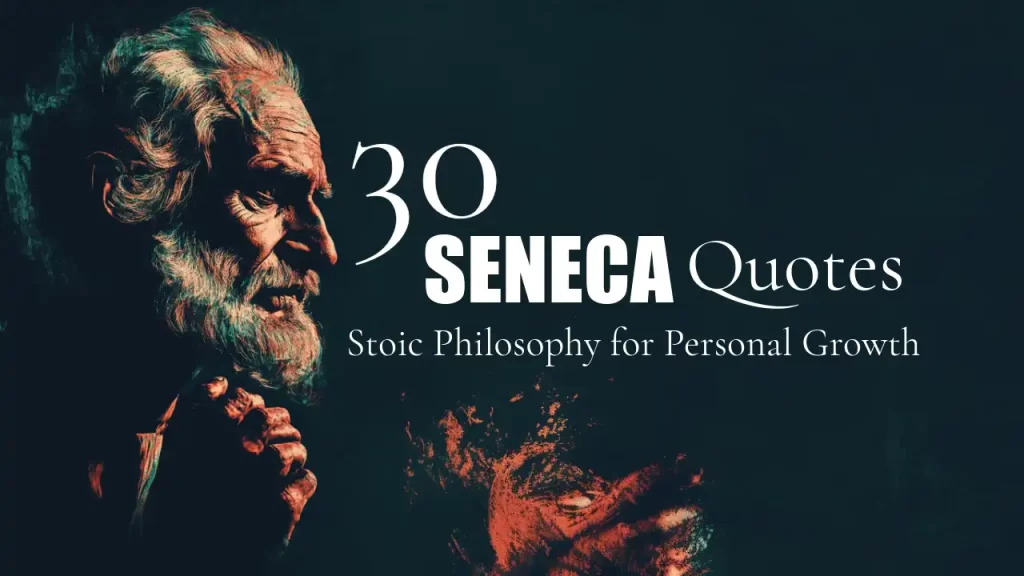
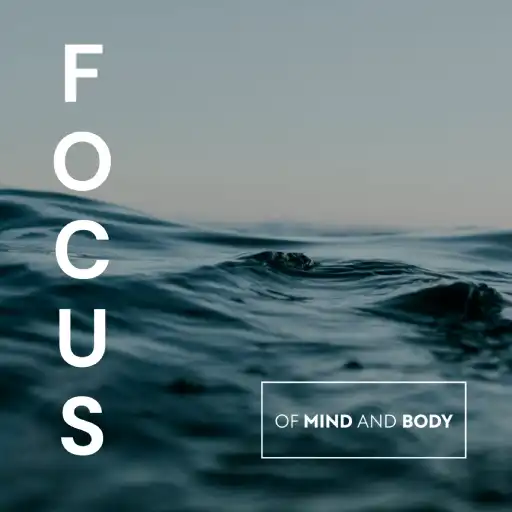
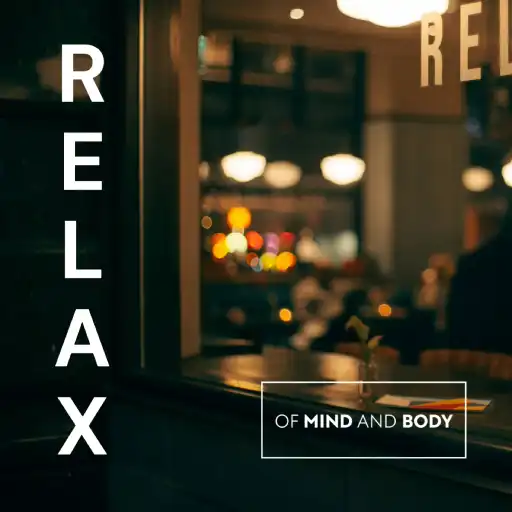
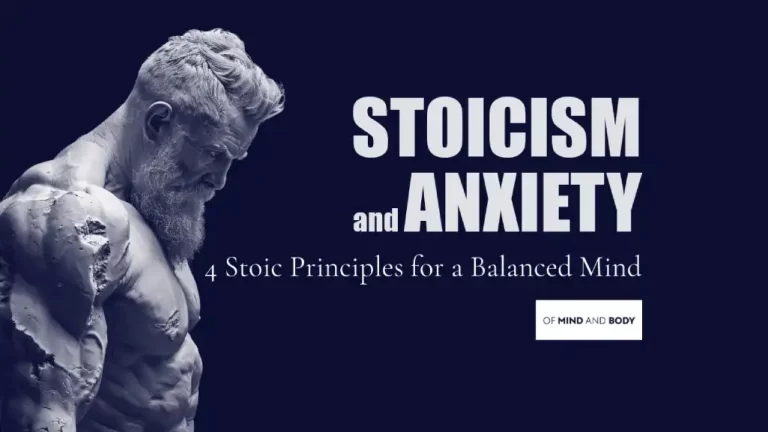
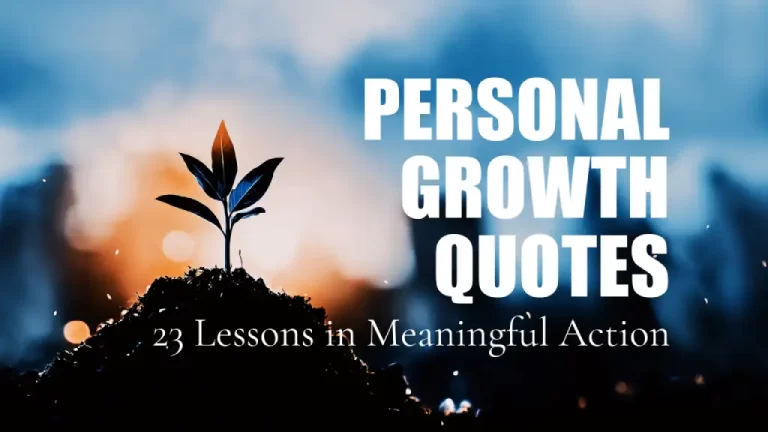

2 responses